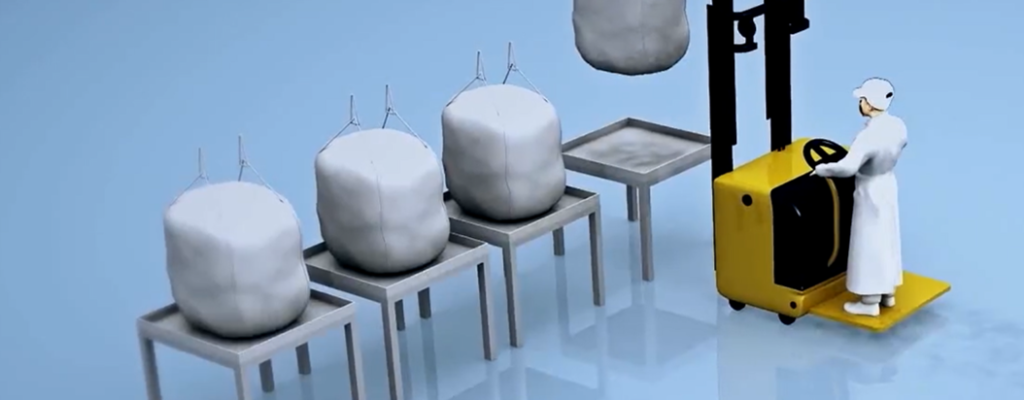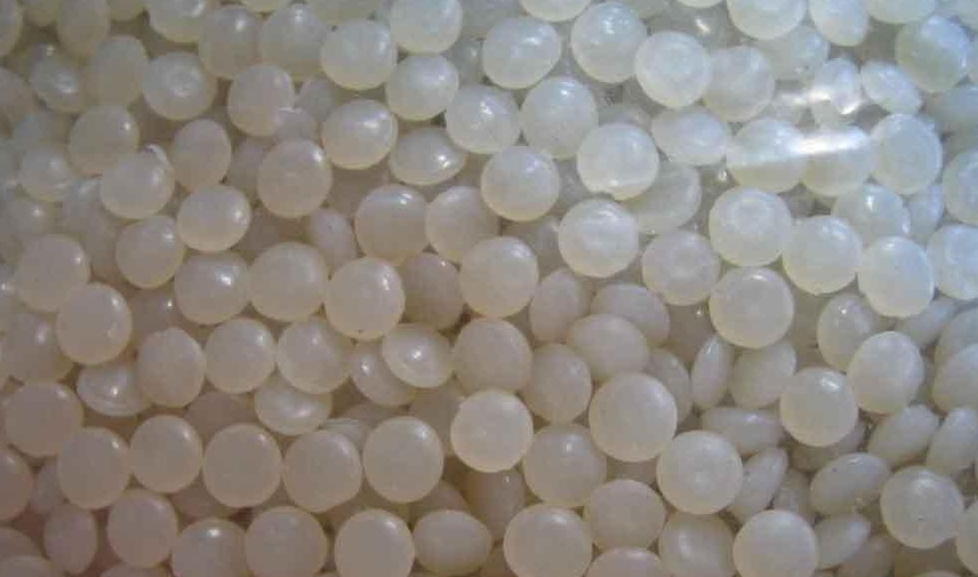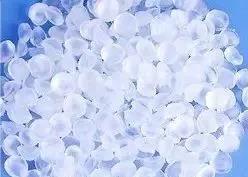Insulating materials and shielding materials for power cables, especially materials for high-voltage and ultra-high-voltage XLPE insulated AAAC Cables, are prominent “soft ribs” or “short boards” of China’s cable industry in this field (all sheath materials have been localized).

1. Medium and low voltage power cable materials
Medium and low voltage power cables are mostly insulated with cross-linked polyethylene (XLPE). XLPE takes low-density polyethylene resin (LDPE below) as the main raw material, adds antioxidant and peroxide cross-linking agent, and is made into cable material through mixing, plasticization and granulation. It has many categories, including chemical cross-linking, hospital cross-linking, irradiation cross-linking, ultraviolet cross-linking, etc. XLPE insulating materials of 35kV and below have all been localized.
Among them, chemical crosslinking and silane crosslinking technologies and applications are very mature, irradiation crosslinking and UV crosslinking materials have also been widely used, and water tree resistant materials for medium voltage cables have been more and more applied.
The performance of XLPE insulating materials of 35kV and below fully meets the use requirements, but there are still gaps in process performance stability and long-term service life reliability compared with foreign advanced products: first, the performance stability of synthetic resin in chemical industry; Second, the fierce market competition forces the cable material production enterprises to consider the cost too much and seek to use low-cost raw materials.
Domestic manufacturers with batch supply capacity of 35kV XLPE cable materials mainly include Zhejiang Wanma polymer, Qingdao hancable, Shanghai chemical plant, Henan Wanbo Plastic Co., Ltd.

2. 110kV High Voltage Cable Materials
High voltage and ultra-high voltage ACSR Cables require that the insulating materials must be ultra purified. The main foreign suppliers are petrochemical enterprises, which complete the manufacturing from the fully enclosed ultra purification production process of petroleum cracking ethylene polymerization ultra clean material synthesis, such as Nordic chemical, Dow Chemical of the United States, NUC of Japan, Hanhua of Korea, etc.
At the initial stage of domestic high-voltage cable manufacturing (including the early 35kV cross-linked polyethylene cable material), all imported materials are used, especially Nordic chemical and American Dow Chemical (formerly United Carbon Corporation) account for a relatively high proportion in the domestic market.
During the 12th Five Year Plan period, China’s 110kV high-voltage cable insulation material made a technological breakthrough and realized domestic small batch production. Since 2012, 110kV ultra clean insulation material has been gradually used in cable manufacturing and power engineering.
During the 13th Five Year Plan period, great progress was made through independent research and development, introduction of key process equipment and cooperation with upstream petrochemical enterprises. Among them, major high-voltage cable manufacturing enterprises or cable material manufacturing enterprises jointly with petrochemical enterprises to form a preliminary manufacturing chain from basic resin synthesis to cable material manufacturing and then to high-voltage cable manufacturing and application. For example, the cooperation between Qingdao hancable Co., Ltd. and Yanshan Petrochemical Company, the cooperation between Zhejiang Wanma Gaoli Materials Co., Ltd. and Yangzi Petrochemical Company, the cooperation between Jiangsu Dewei new materials Co., Ltd. and Yangzi BASF company, and the introduction of a full set of equipment and technology by Yanshan Petrochemical Company have formed mass production capacity.
At present, the process technology and production capacity of producing high-voltage cross-linked polyethylene insulating material and shielding material with different equipment and process methods have been formed, with a total production capacity of about 80000 tons / year (including the material capacity for ultra-high voltage cable).

3. EHV cable materials
Insulation and shielding materials for 220kV EHV AAC Cables have higher requirements for purification, such as impurity content, quantity and size. The main bottleneck of ultra clean insulating material is the localized supply of ultra clean special raw material LDPE. In addition to the basic resin, the selection of compounding agent system, formulation technology, storage and transportation environment of insulating materials, factory production environment, etc. will eventually affect the insulation performance of cables.
picture
The main problems of LDPE raw materials are processing rheological properties, melt index, molecular weight distribution uniformity, impurity content and other technical requirements. First, there are strict requirements on the fluctuation range of LDPE melt index, which determines the softening temperature range of LDPE and ensures the uniform plasticization of cable insulation layer, process dimensional stability and surface smoothness under certain process conditions. Second, the requirements for impurity content are very strict. The production workshop is required to reach level 1000, and the special process is even level 100. Materials do not contact with the outside world from production, packaging (tank car or pipeline) to use. Pay attention to the control of impurities and water content from the beginning of resin synthesis.
At present, Qingdao hancable Co., Ltd., Zhejiang Wanma polymer Co., Ltd. and Jiangsu Dewei new materials Co., Ltd. have the batch production capacity of super clean XLPE insulation and shielding materials for 220kV EHV cables, but the actual use is almost imported, with an annual consumption of more than 20000 tons, and the consumption of domestic materials is very small.
Semi conductive shielding materials for high-voltage and ultra-high-voltage cables are mainly used for the internal and external shielding layers of high-voltage XLPE cables. They are also required to be super clean and super smooth. The impurity content in the shielding material, the smoothness of the shielding layer and the adhesion between the shielding layer and the insulating layer will greatly affect the performance of XLPE cable. At present, several domestic semi-conductive shielding materials for 35kV and below cables have been produced and can meet the cable performance requirements, but the semi-conductive shielding materials for 110kV and above have more stringent requirements on basic resin, additives, carbon black types, extrusion equipment, manufacturing process and production environment. China is still in the stage of R & D and trial in this field, The shielding materials used are mainly imported by Nordic chemical and Dow chemical companies, and a small amount are provided by domestic enterprises.
According to statistics, the total domestic annual demand for insulation and shielding materials (including submarine cables and DC cables) for 110kV and above high-voltage and ultra-high-voltage cross-linked cables in 2019 is about 70000 tons, of which the actual use of domestic materials is about 10000 tons (mainly 110kV land AC cables), and another about 2000 tons are exported to the international market.
At present, compared with international advanced technologies, processes and products, the domestic production of 110kV and above XLPE ultra clean cable materials mainly has the following gaps:
1) There is a lack of systematic research on the basic resin of ultra-high pressure and ultra clean polyolefin material, and the development, polymerization, ultra clean synthesis process and material performance evaluation technology of basic resin need to be solved urgently;
2) As the domestic production process from the preparation of ultra clean polyethylene resin to the synthesis of ultra clean materials has not been formed, it brings new difficulties to the storage and transportation guarantee. There are also many new technical problems in the ultra clean technology and process of ultra clean material preparation (including impurity filtration technology, performance evaluation and quality control system) to ensure the stability and continuity of polyolefin cable material preparation;
3) The production time of localization is not long, and more process test and application data still need to be accumulated. In particular, the evaluation and evaluation of the long-term service reliability of the made cable is also an important work to obtain the full confidence of power users in the materials and recognize the application.
picture
4. Materials for high voltage and ultra-high voltage submarine cables
High voltage and ultra-high voltage submarine cables require higher production technology and more complex service environment, so they have higher requirements for cable materials.
At present, the most important raw materials for the production of high-voltage submarine cables – insulating materials and shielding materials have not been localized. Whether it is AC high-voltage submarine cables or DC high-voltage submarine cables, only Nordic chemical and American Dow Chemical Company can provide them in the international market.
The insulation and shielding materials of high-voltage and ultra-high-voltage submarine cables used by China’s submarine cable manufacturing enterprises all rely on imports, including DC cable materials. Due to the imbalance between supply and demand, there is an obvious seller’s market. The R & D and production of high-voltage submarine cable insulation and shielding materials is also an urgent task for China’s cable industry. It is necessary to continue to deepen research and production on the basis of localization of high-voltage and ultra-high-voltage cable materials.
